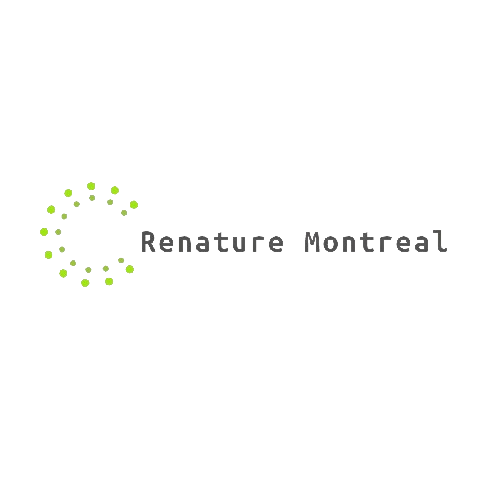Forested shoreline
Forest bathing is a new phenomenon, called Shinrin-yoku in Japan in the 1980s. It is vague, but it appeals to everyone, because it is personal and involves being outside in nature. Everyone feels better outdoors if the mood and the weather cooperate. When we examined the area taken over by the chervil, we were amazed by the changes that have occurred since early spring.
There are plants called spring ephemerals, among the most beautiful in eastern Canada. They include, spring beauties, trout lilies, skunk cabbage, hepaticas, trilliums, blue cohosh, dutchman britches, bloodroot, anemones, toothworts . This is the world, when the leaves of the deciduous trees have not opened, and sunlight reaches the ground in the forest and spring ephemerals are bursting out in bloom everywhere. They should have been everywhere in the woods. Except what we saw were chervils, and chervils everywhere. The chervil, then has killed most native plants except a few yellow avens and enchanters’ nightshades, and raspberry. When the chervil dies back in July, the invasives will enter the woods, not native plants. We will await the arrival of these invasives in July and august. There is the obvious burdock, phragmites, bindweed, Virginia creeper.
In July, the chervil is mostly dying back. The land is fully shaded. There are about 40 trees. The largest is a poplar, most likely a cottonwood. There are two spruce, one cedar, about six small white pines. There are about three poplars, and a variety of butternut, white ash, hackberry, box elder, silver maple, black walnut, slippery elm and tilia cordata, white oaks. A complete survey needs to be done. This will entail getting up close and personal to the tree trunks and high branches.
The slope is steep, but not dangerous and can be stepped with gravel and earth and wooden terracing planks if necessary. The forest is small, but by killing the chervil and bringing in shade tolerant flowers, the area can become a magical forest. Especially if medium and large, and huge tree trunks, provide resting spots for forest bathers and wood chip trails make exploring easy. T he forest can be transformed for next to no cost. Moreover, one of the most potent aspects of forest bathing is the scents evoking memories you have forgotten you had. A few more evergreens such as: cedars, pines, hemlocks, yews, junipers, hollies, balsam fir trees, can be had for minimal cost, but would, by long unremembered childhood fragrances, evoke enormous memories and calm.
At present, just robins and Red-winged Blackbirds, populate the forests. The lack of native wildflowers is starving the forest of food for warblers and redstarts and ovenbirds, thrushes and other denizens of a healthy ecosystem. There should be at least 30 bird species. With native wildflowers, snakes, salamanders, frogs and toads will populate the renatured forest.
For a minimal expenditure of evergreens and dead logs, and transplanting of mature wildflower and heavy seeding in the fall and extensive weeding over the year, we could have a treasure, a forest for all to bathe in year-round, a tourist attraction, a model for all communities to emulate. It is a renaturing of a lost and dying environment to return it to what it was when Jacques Cartier first encountered Hochelaga. We just need to practice what we want everyone to do as described in our mandate for Renature Montreal, especially the part about putting the flora and fauna first.
